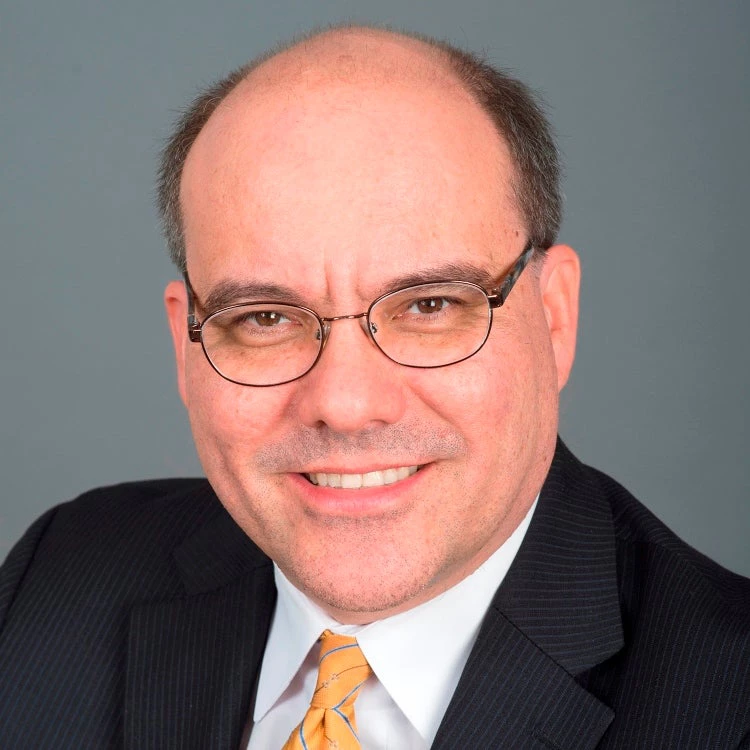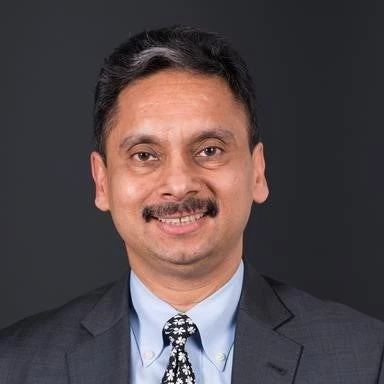August 9 is the International Day of the World’s Indigenous Peoples. Worldwide, there are about 370 million Indigenous Peoples and ethnic minorities living in more than 90 countries worldwide.
No matter where we live or who we are, we should all care about Indigenous Peoples. Why?
First, Indigenous Peoples and ethnic minorities are more likely to be poor.
Although Indigenous Peoples make up only 5% of the global population, they account for about 15% of the world’s extreme poor. They are overrepresented.
And if you’re from an indigenous family in Latin America, then you’re three times more likely to be in poverty than someone from a non-indigenous family in the same region.
[Download report: Indigenous Latin America in the Twenty-First Century]
Second, while there have been advances, Indigenous Peoples and ethnic minorities continue to face exclusion and marginalization, and lack equal access to basic services.
From India to Peru, indigenous women are less likely to use healthcare facilities for childbirth because of discrimination, mistreatment, and a lack of respect for cultural practices.
Indigenous Peoples’ life expectancy is up to 20 years lower than the life expectancy of non-indigenous people worldwide.
In Latin America, despite the major expansion of basic services, indigenous populations’ access to sanitation and electricity is 15% and 18% lower, respectively, than that of others in the region.
[Download report: Inclusion Matters: The Foundation of Shared Prosperity]
Third, Indigenous Peoples help protect our environment, fight climate change, and build resilience to natural disasters, yet their rights aren’t always protected.
While Indigenous Peoples own, occupy, or use a quarter of the world’s surface area, they safeguard 80% of the world’s remaining biodiversity.
Over 20% of the world’s tropical forest carbon is stored in Indigenous People’s territories in the Amazon Basin, Mesoamerica, the DRC, and Indonesia.
However, only a fraction of indigenous lands are officially recognized by states.
The year of 2017 marks the 10th anniversary of the UN Declaration on the Rights of Indigenous Peoples.
It reminds us just how big the challenge remains – to secure Indigenous Peoples’ basic rights and make sure they’re included in the development process, so they have the opportunity to live safer, healthier, and more prosperous lives.
Related:
- Facebook Live on Indigenous Peoples - English
- Facebook Live on Indigenous Peoples - Spanish
- Learn more about the world’s Indigenous Peoples here.
- Subscribe to our Sustainable Communities newsletter
- Follow us on Twitter (@WBG_Cities) and Flipboard





Join the Conversation